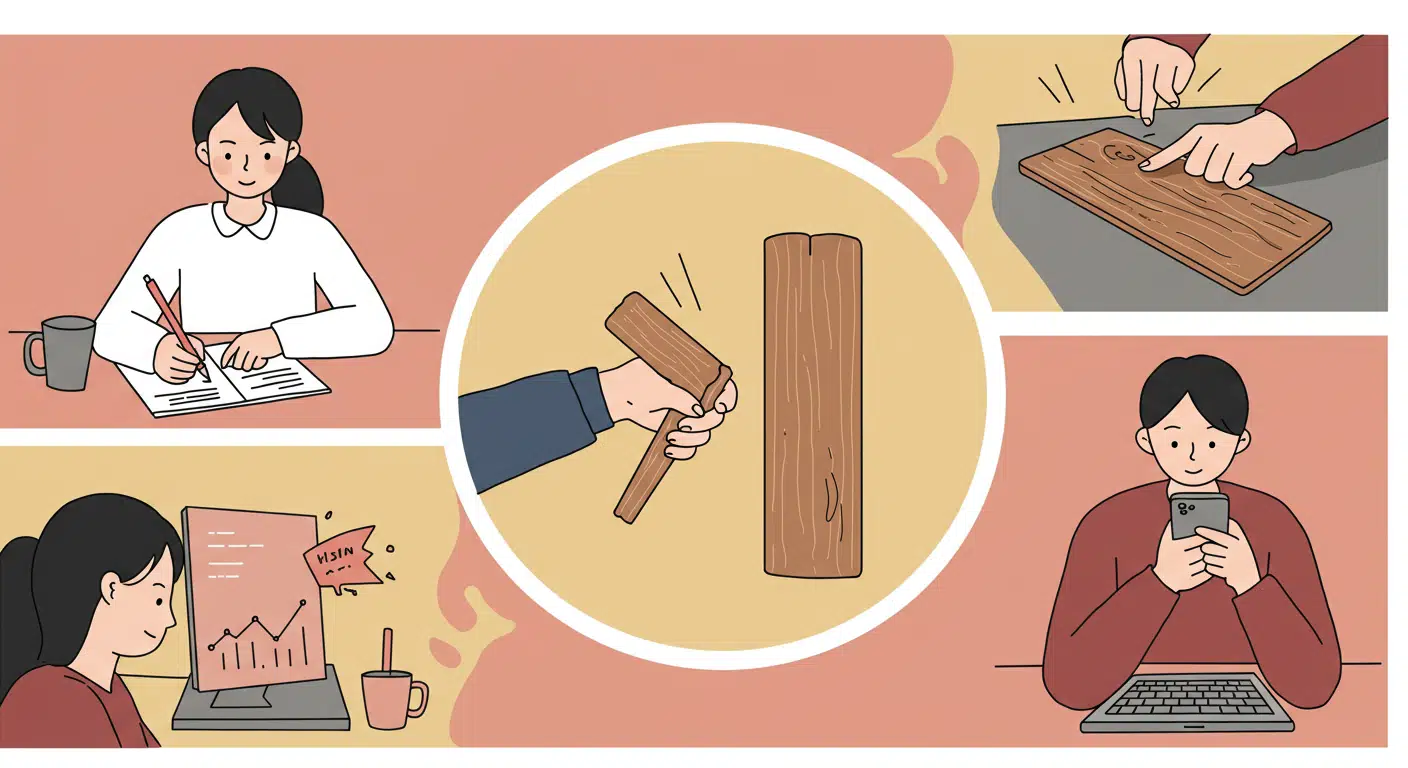This superstition holds that as a traveler departs on a journey, the first individual they meet may signal what lies ahead: good fortune or misfortune. In some variants, specific types of people—such as a priest, pregnant woman, or someone carrying an empty bucket—are seen as inauspicious, while others, such as a man carrying full bags or a child, may be considered lucky omens. Some travelers might delay or alter their departure if the first encounter is deemed unlucky.
Practices include:
• Observing who is first seen upon leaving home.
• Refraining from travel or pausing briefly to change fate if the encounter is perceived as negative.
• Seeking blessings or performing a small ritual before meeting anyone.



